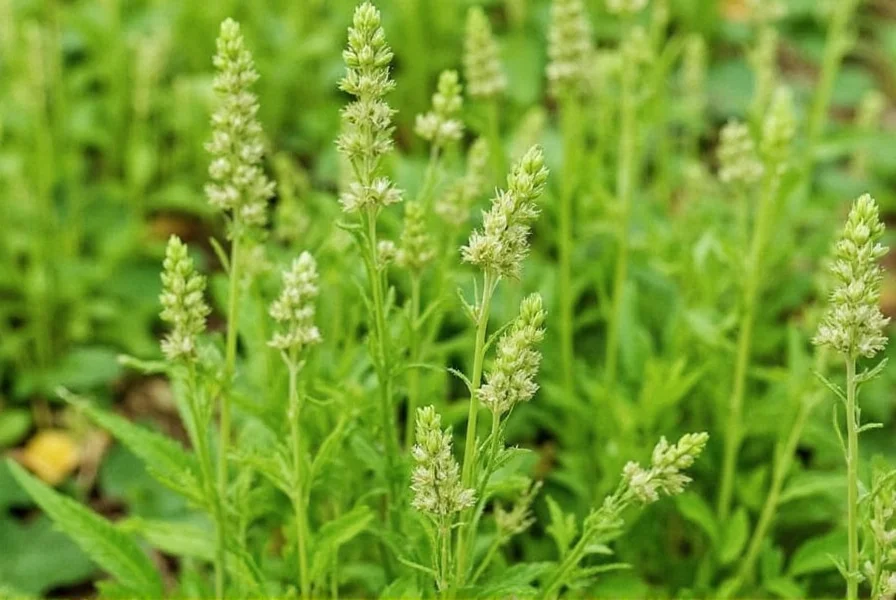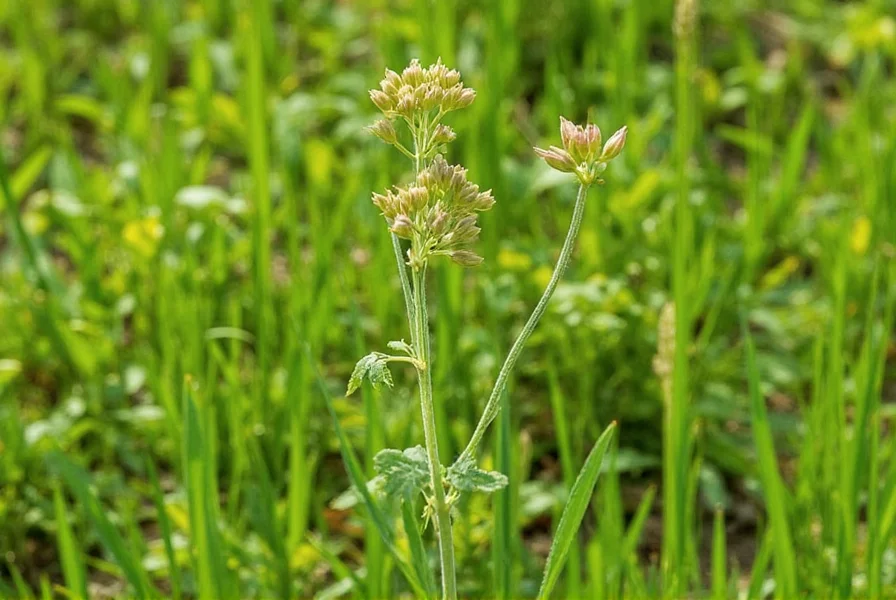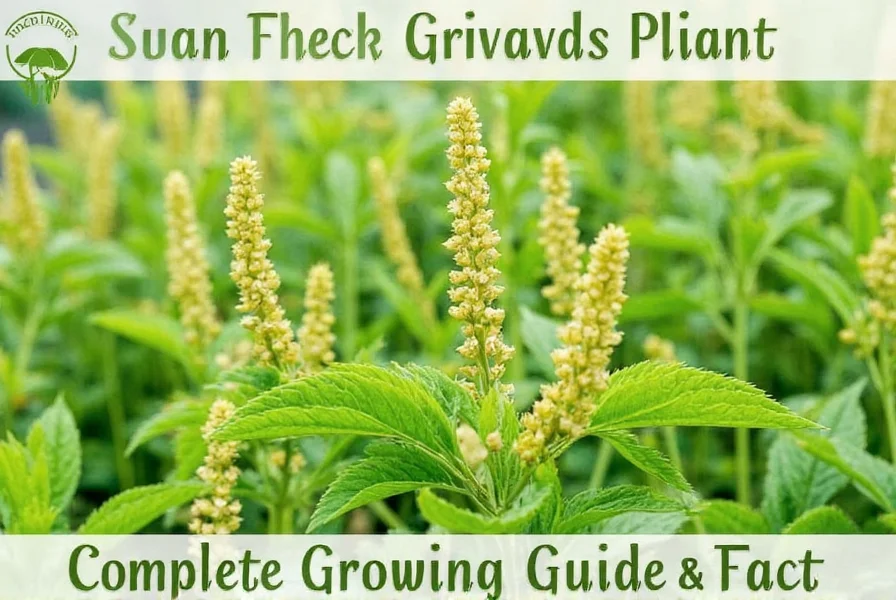Understanding the Cumin Plant: Botanical Background
The cumin plant (Cuminum cyminum) belongs to the Apiaceae family, which includes parsley, coriander, and caraway. This ancient spice herb has been cultivated for over 5,000 years, with archaeological evidence tracing its use to ancient Egypt and the Indus Valley civilization. Unlike common misconceptions, cumin isn't related to fennel or anise despite similar seed appearances.
| Botanical Feature | Description |
|---|---|
| Scientific Name | Cuminum cyminum |
| Plant Type | Annual herb |
| Mature Height | 30-50 cm (12-20 inches) |
| Flower Color | White or pink |
| Seed Characteristics | Crescent-shaped, 4-6 mm long, yellow-brown |
Physical Characteristics of Cumin Plants
Cumin plants feature finely divided, feathery leaves that resemble dill. The delicate foliage grows in a basal rosette before sending up flowering stalks. During its 3-4 month growing season, the plant produces small umbels of white or pink flowers that develop into the characteristic seeds. The seeds themselves have ten ridges with oil canals that contain the essential oils responsible for cumin's distinctive warm, earthy flavor and aroma.

Optimal Growing Conditions for Cumin
Successful cumin cultivation requires specific environmental conditions. The plant thrives in USDA hardiness zones 9-11 but can be grown as an annual in cooler climates. Key requirements include:
- Temperature: Requires warm conditions (20-30°C/68-86°F) with no frost exposure
- Soil: Well-drained, sandy or loamy soil with pH 6.0-7.5
- Sunlight: Minimum 6-8 hours of direct sunlight daily
- Water: Moderate watering with drought tolerance once established
Step-by-Step Guide to Growing Cumin at Home
For gardeners interested in how to grow cumin plant successfully, follow these cultivation steps:
- Planting time: Sow seeds after last frost when soil reaches at least 20°C (68°F)
- Seed depth: Plant 0.5-1 cm deep, spacing 15-20 cm apart
- Germination: Typically occurs in 7-14 days under optimal conditions
- Thinning: Maintain 15-20 cm between mature plants
- Fertilization: Use balanced organic fertilizer sparingly; excess nitrogen reduces seed quality
- Weed control: Hand-weed carefully as cumin has shallow roots
Harvesting and Processing Cumin Seeds
Timing your cumin plant harvest correctly ensures maximum flavor. The seeds mature approximately 120 days after planting when the plant turns brown and dries. For best results:
- Cut entire plants when 20% of seeds turn brown
- Dry plants upside down in paper bags for 1-2 weeks
- Thresh seeds by rubbing dried umbels between hands
- Store seeds in airtight containers away from light
Properly dried cumin seeds maintain their flavor for 6-12 months. For enhanced flavor, toast whole seeds in a dry pan before grinding.
Common Challenges in Cumin Cultivation
Gardeners often face these issues when growing cumin:
- Root rot: Caused by overwatering or poor drainage; prevent with raised beds
- Aphids: Control with insecticidal soap or neem oil applications
- Delayed flowering: Results from cool temperatures; use row covers for warmth
- Poor seed set: Often due to inconsistent watering during flowering stage
Culinary and Traditional Uses of Cumin
While most recognize cumin as how to identify cumin plant by its seeds, the entire plant has uses. The leaves can be used fresh like dill in salads, while the seeds are essential in spice blends worldwide. Traditional applications include:
- Indian cuisine: Key component in garam masala and curry powders
- Middle Eastern cooking: Essential in falafel and baharat spice mixtures
- Mexican dishes: Fundamental in chili powders and adobo seasonings
- Traditional medicine: Used for digestive support in various cultures
Varieties of Cumin Worth Growing
While standard cumin (Cuminum cyminum) dominates commercial production, several varieties offer unique characteristics for home gardeners:
- Iranian cumin: Larger seeds with higher essential oil content
- Indian desi cumin: Smaller, darker seeds with intense flavor
- White cumin: Milder flavor profile, popular in European cuisine
- Black cumin (Kalonji): Different species (Nigella sativa) often confused with true cumin

Integrating Cumin into Your Garden Design
When planning your cumin plant care strategy, consider these companion planting benefits:
- Plant near tomatoes to potentially enhance flavor
- Grow alongside cilantro for efficient space utilization
- Avoid planting near fennel which can cross-pollinate
- Use as an edging plant in herb gardens due to its compact size
Cumin's delicate foliage adds texture to garden beds while attracting beneficial insects like ladybugs and parasitic wasps that help control garden pests.
Frequently Asked Questions About Cumin Plants
How long does it take for cumin plants to mature?
Cumin plants typically require 100-120 days from seed to harvest. The seeds mature when the plant turns brown and dries, usually 3-4 months after planting, depending on growing conditions and climate.
Can you grow cumin indoors successfully?
Yes, you can grow cumin indoors in containers with proper conditions. Use a 12-inch deep pot with drainage holes, place in a south-facing window with 6-8 hours of direct sunlight, and maintain temperatures between 20-30°C (68-86°F). Indoor plants may require supplemental lighting during winter months.
What's the difference between cumin and caraway?
While both belong to the Apiaceae family, cumin (Cuminum cyminum) and caraway (Carum carvi) are different plants. Cumin seeds are longer, lighter brown, and have a warm, earthy flavor with citrus notes. Caraway seeds are smaller, darker, and have a more anise-like flavor. The plants themselves have different growth habits and foliage.
Why are my cumin plants not producing seeds?
Several factors can prevent seed production in cumin plants: insufficient sunlight (needs 6-8 hours daily), inconsistent watering during flowering, temperatures below 20°C (68°F), or premature harvesting. Cumin requires warm conditions throughout its growing season to properly set seed.
How do you store fresh cumin leaves?
Store fresh cumin leaves like other delicate herbs. Wrap them in a slightly damp paper towel and place in an airtight container in the refrigerator. They'll stay fresh for 3-5 days. For longer storage, chop the leaves and freeze them in ice cube trays with water or oil.











 浙公网安备
33010002000092号
浙公网安备
33010002000092号 浙B2-20120091-4
浙B2-20120091-4